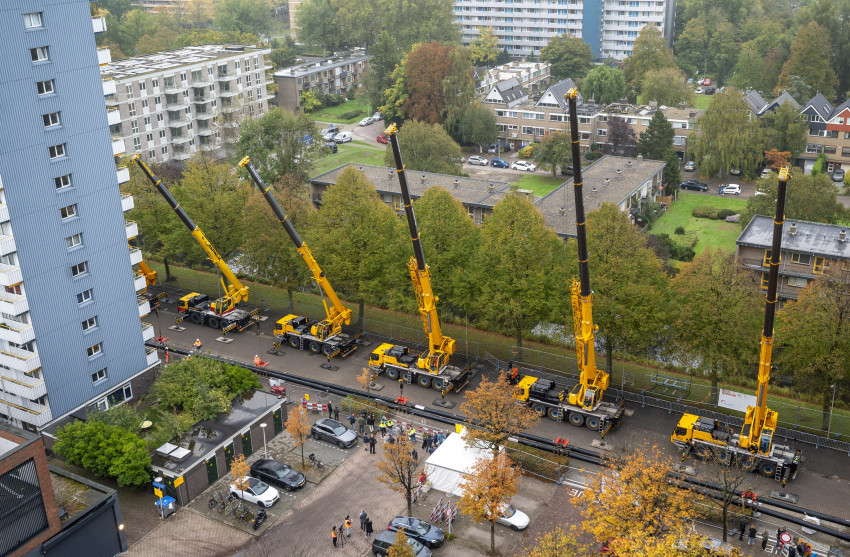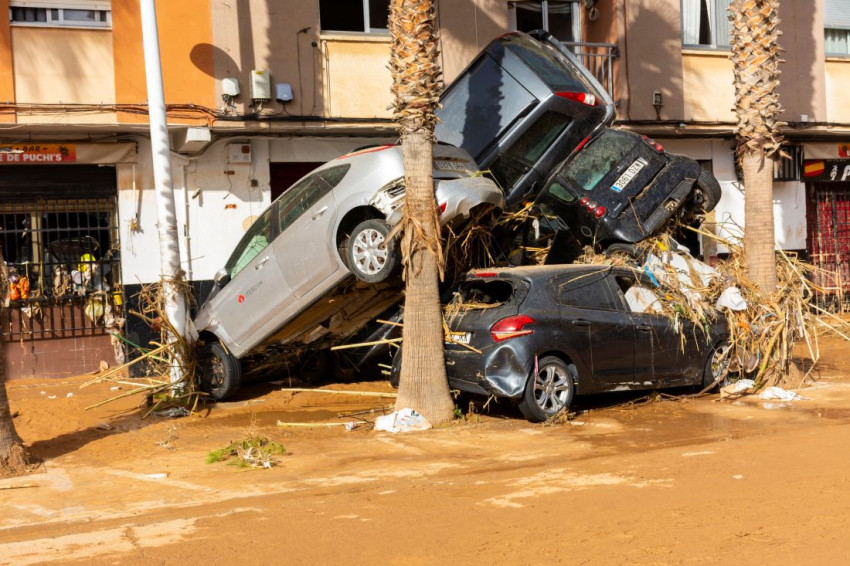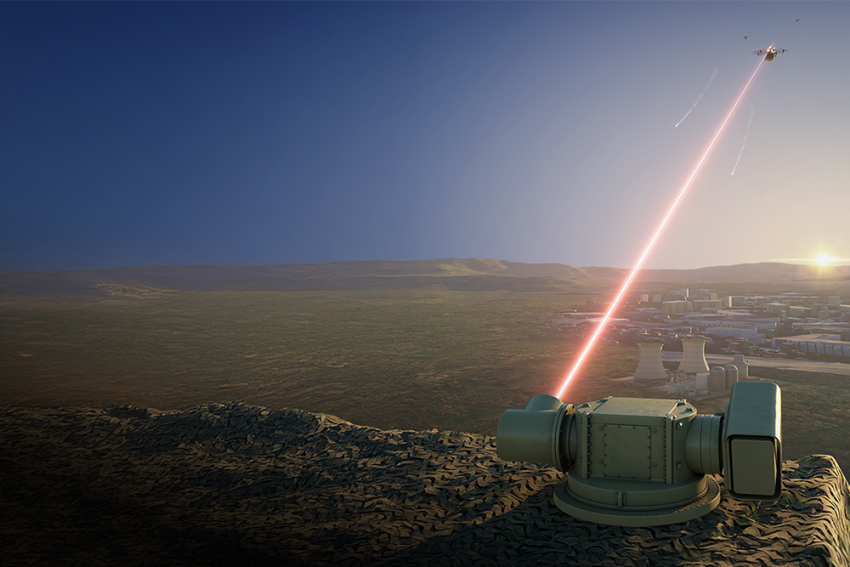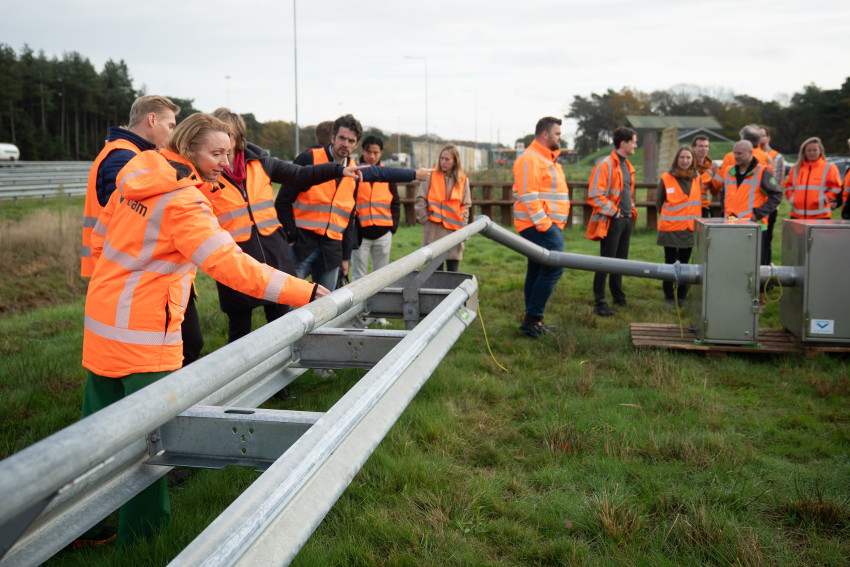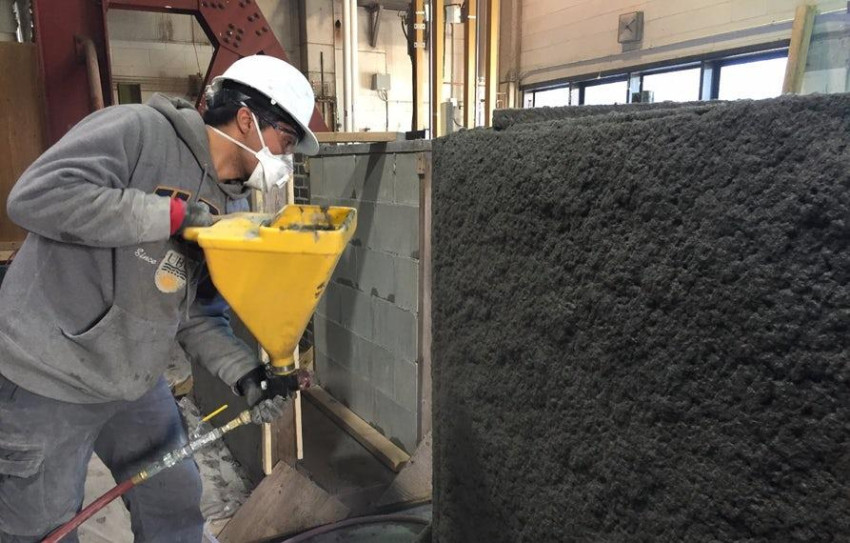
Special earthquake-resistant concrete
Researchers at the University of British Columbia in Canada have developed a special fibre-reinforced concrete that can withstand severe earthquakes. By spraying the walls of an existing building with a layer of the material, the building stands a better chance of surviving an earthquake. A school in Vancouver will be the first to be treated over the coming months.
The scientists have named their material Eco-friendly Ductile Cementitious Composite (EDCC), and that term quite literally describes its properties. Firstly, it’s environmentally friendly: nearly 70% of the cement in the mixture has been replaced by pulverised fuel ash, a residual product formed by crushing expended coal.
And that's a smart move, as cement is notoriously responsible for CO2 emissions, as its production requires the combustion of limestone in furnaces at temperatures of up to 1450 °C. Some 7 % of CO2 emissions worldwide are said to be generated by the production of cement for concrete.
Secondly, the new material is relatively ductile, which has been achieved with the addition of minute polymer fibres. This makes the new concrete more tremor resistant, enabling it to absorb a portion of the earthquake forces from a building’s structure. And finally, the composite material obviously contains cement, which is essential if the concrete is to harden.
Simulating earthquakes
The Canadians have tested their concrete extensively. They sprayed an existing wall with the liquid version of the material, 10 cm thick (see photo above). Once it was hard, they subjected the wall to a stress test which emulated a severe earthquake (a 9 on the Richter Scale) – see the video below. 'This is comparable to the severity of the earthquake that hit Japan’s Tohoku region in 2011. We also simulated other types of earthquakes, and our test wall withstood them all’, explains PhD candidate Salman Soleimani-Dashtaki of the University of British Columbia in a press release.
The new material will be used for the first time in practice to reinforce the walls of a primary school in Vancouver, over the coming months. Moreover, the state of British Columbia has included the EDCC material in its programme to render existing buildings more earthquake resistant.
Fibreglass concrete
Earthquakes occur all over the world, and the new concrete could therefore benefit many regions and save countless lives. By the way, the notion of applying reinforced concrete to walls is not exactly new. An existing technique uses a metal grille for this purpose, into which concrete is sprayed. However, this has the disadvantage of being heavy and therefore putting a considerable load on the structure. An alternative had therefore already been devised, whereby the wall was coated in concrete containing fibreglass.
Did you like this article? Subscribe to our weekly newsletter.

